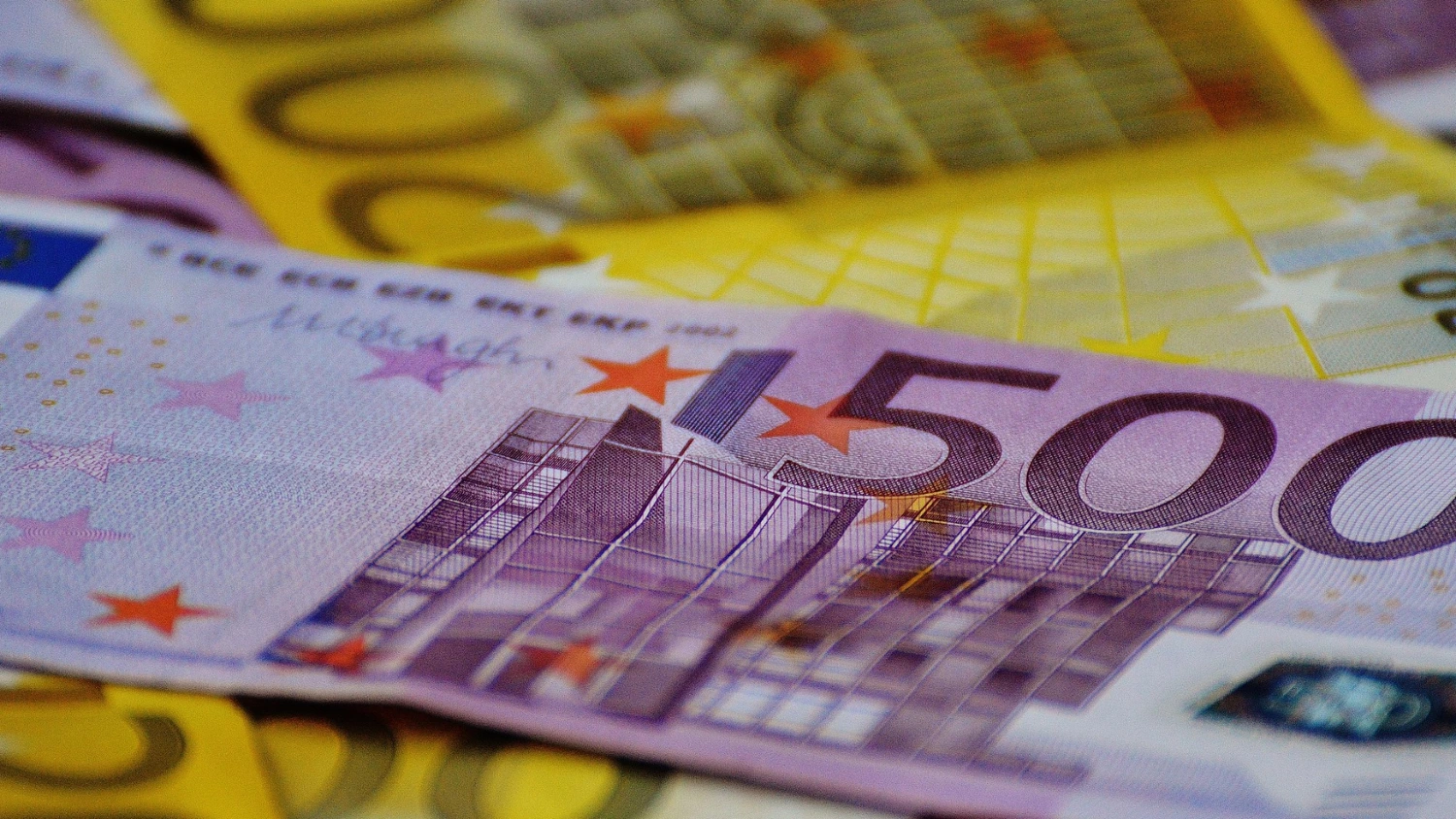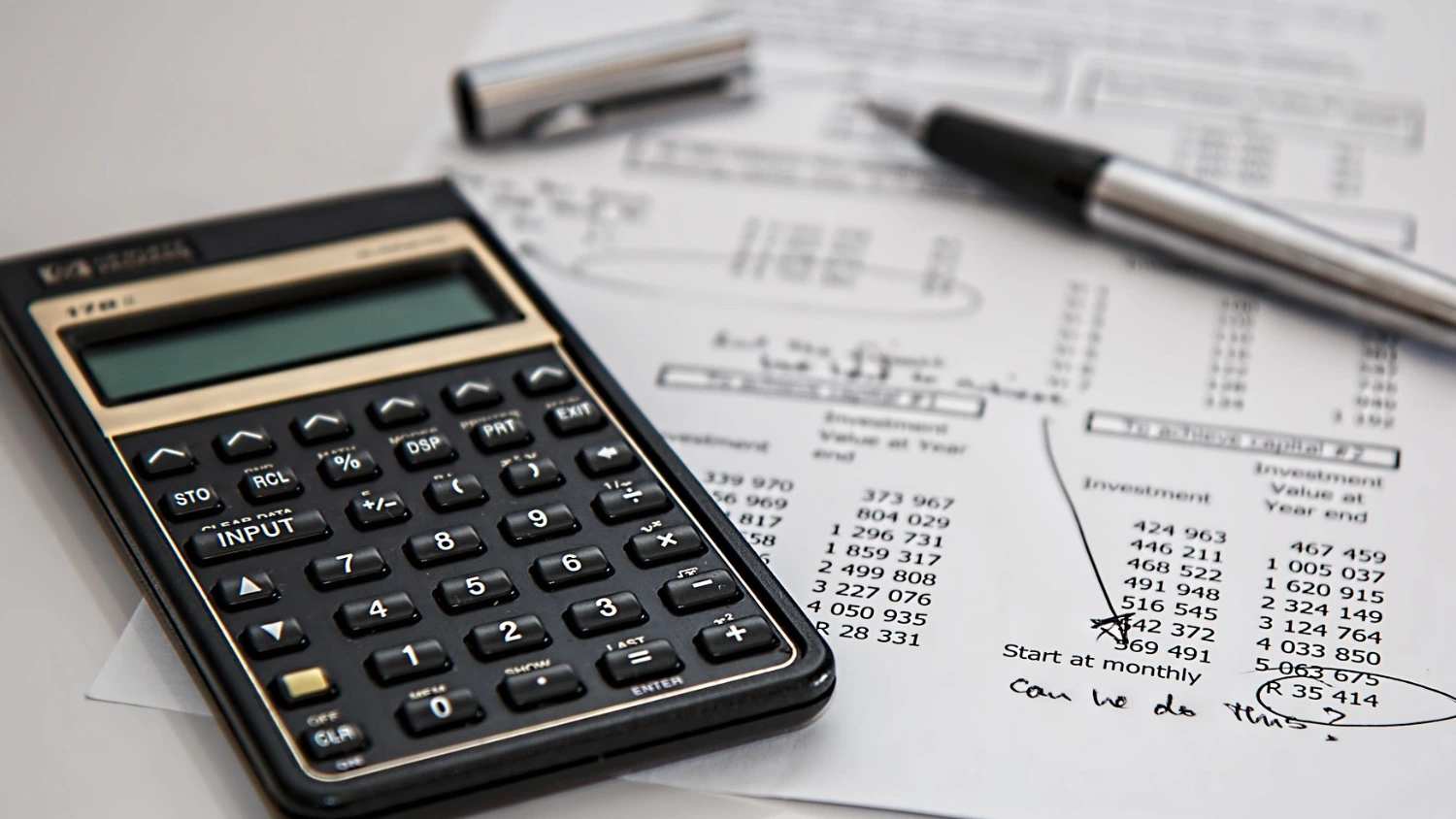This significant increase is primarily attributed to several factors: rising electricity prices following the removal of subsidies, hikes in VAT rates, increases in excise duties, and a slight depreciation of the Romanian leu against the euro since May.
This persistent inflationary pressure presents a considerable challenge for the central bank, leading to expectations that the NBR will likely maintain stable interest rates over the next few months.
Regarding the fiscal situation, new government measures are expected to narrow the fiscal deficit to 7.7% of GDP this year and to 6.4% in 2026, though some caveats remain, including potential second-round economic effects and ongoing execution risks, according to the agency.
The European Commission has indicated that the fiscal adjustment implied by these measures is sufficient for Romania to begin receiving funds from the Resilience and Recovery Facility (RRF), despite the country remaining under the Excessive Deficit Procedure (EDP).
On this backdrop, S&P Global Ratings affirmed Romania's 'BBB-/A-3' long and short-term foreign and local currency ratings, though the outlook remains negative.










